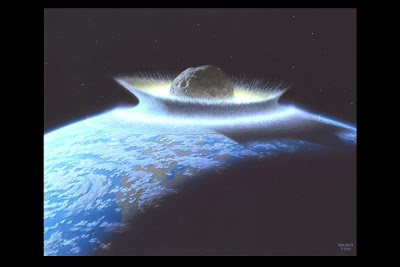Li-ion batteries will last 10 times longer and will charge in a tenth of the usual time

Processing power of today's smart phones and their ability to perform multiple functions are truly amazing. However, a general problem of these devices is the battery life that feeds them. They don't even come close to the performance these smartphones. This is why many of us need to carry around an additional MP3 player, or, as we go by car, a GPS, although the smartphone meets with success of these functions and more. Now, a new technology created by researchers at Northwestern University, USA , is about to change that. Engineers have made an electrode for lithium-ion batteries - the rechargeable batteries used for most electronic devices - which could provide gadgets an operating range of ten times longer and duration of recharge from outlet ten times faster than normal. According to statements of Harold H. Kung, coordinator of the project, even after 150 charges, the new type of battery will still be five times more effective than lithium-ion batteries on the market...

